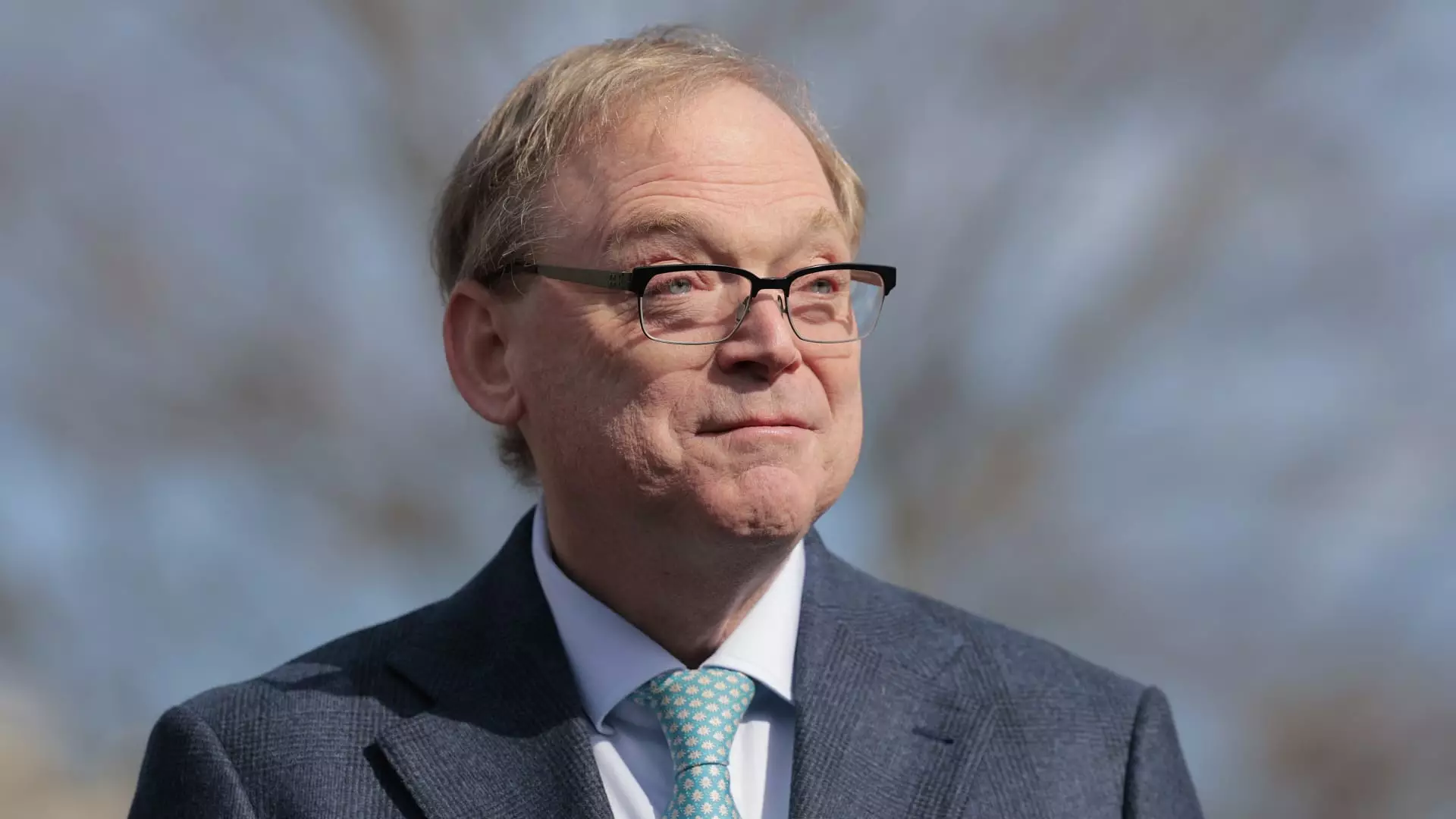It’s fascinating yet troubling to observe how the evolving tariff agenda of the Trump administration has become a source of relentless uncertainty for the American economy. Kevin Hassett, the National Economic Council Director, recently confirmed this on CNBC’s “Squawk Box,” acknowledging that the period leading up to April 2 is riddled with unpredictability. This date marks a significant moment when Trump is set to announce what he terms “reciprocal” tariffs. However, this promise can feel like a potential ticking time bomb rather than a step toward clarity. The confusion prolonged by Trump’s proclamations and hasty modifications to his tariff policies is genuinely alarming and raises eyebrows among seasoned analysts and business leaders alike.
The Volatility Metric: Market Responses
Market analysis has increasingly leaned toward a more pessimistic baseline in light of Trump’s claims about tariffs and trade. Industry insiders like Ed Yardeni of Yardeni Research have articulated a crucial point—each day that the President refrains from discussing tariffs is unexpectedly celebrated in financial circles. This raises essential questions about the administration’s ability to maintain any semblance of stability. Every utterance from Trump has consequences, and those consequences often come wrapped in volatility, adversely affecting investment decisions and consumer confidence.
Territorial Tariffs: Political Strategizing at Stake
The strategy of imposing tariffs supposedly to compel neighboring countries like Mexico and Canada to curb illegal immigration and tackle fentanyl trafficking marks an audacious approach to diplomacy. Hassett justified these tariffs as “positive developments,” yet one must critically ask: at what cost? Tariffs are trade tools, not negotiation tactics, and using them as leverages threatens to backfire, potentially creating rifts that could destabilize relations with critical allies. This rattling prospect has serious implications beyond immediate economic concerns. When economic decisions blend with political posturing, the results can be disastrous.
Psychological Effects on Consumers and Businesses
A particularly glaring issue is the toll this uncertainty takes on psychological states—both consumer and business. Bank of America Global Research’s recent commentary that “confusion remains the name of the game” paints a disheartening picture. The fear of impending economic decline, indeed the possibility of a recession, adds to the apprehension in the marketplace. If prolonged uncertainty continues, consumer confidence may not just dip; it could plummet into a deep chasm, crippling spending just as tariffs are anticipated to enhance domestic economics.
The Path Forward: Questions Over Promises
Without genuine clarity and measured governance, what might change come April 2? Hassett believes that the announcement will pave the way toward a coherent trade strategy. However, past actions suggest a track record rife with impulsive decisions and contradicting rhetoric. If Trump lacks a firm, sensible tariff approach, the “reciprocal” policies could become yet another element of confusion, deterring not just domestic investment but also foreign interest in U.S. markets.
The reality is that an economic agenda centered on confusion and coercion seldom delivers the growth it promises. In a period where clear communication and strategic coherence is vital, Trump’s tariff plans seem more like random strikes than a concerted effort for economic improvement. As we approach the crucial date, one hopes for progress but fears it may only lead to further turmoil.

